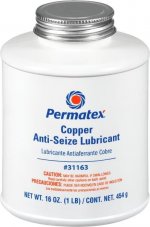Kingz
Member
We’re on our fourth Spyder now and just had the rear tire replaced on our 2020 RTL at 16,000 miles. The tech said we’re about ready for brakes and he said you have to replace all three wheels when it’s done and that it has to be connected to CanAm software when it’s done. I’m wondering if this sounds right?
Last edited by a moderator:

